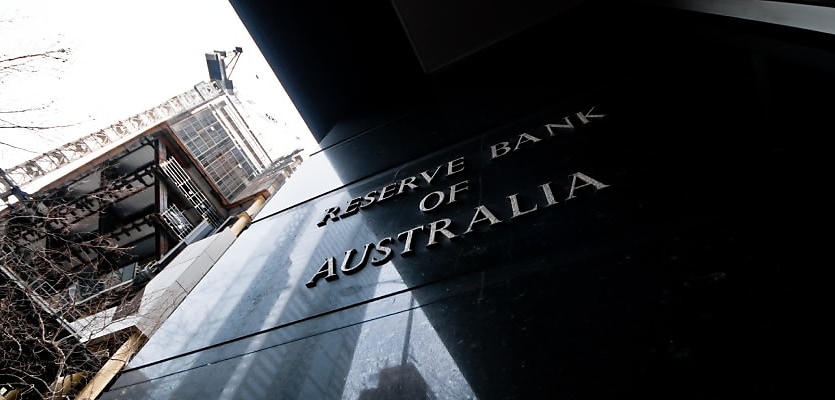Tuesday’s (1 November) decision by the Reserve Bank of Australia (RBA) to raise the cash rate to 2.85 per cent, the highest in nearly a decade, will add further financial pressure to Australians.
Philip Lowe, RBA governor, hinted that the decision to raise the cash rate by 0.25 of a percentage point at the board’s November meeting would not be the last as the country struggles to wrangle inflation, which is expected to peak at 8 per cent by year’s end.
“Inflation is proving to be a bigger beast than previously anticipated, and it will take more rate hikes to tame,” said RateCity research director Sally Tindall.
With all of Australia’s big four banks expected to pass the interest rate hike on to mortgage holders, as they have done for the past six months, there is potential for mortgage repayments on loans valued at $500,000 to increase by $74, culminating in a total increase of $760 since May, according to RateCity.
As a result of the November rate decision, the average owner-occupier who hasn’t renegotiated their loan recently will soon be paying an estimated rate of 5.61 per cent, with Ms Tindall stating, “after the November rate hike is passed on, we expect a competitive rate to be under 4.5 per cent”.
“Time is money. For the average borrower, every month you wait to refinance a half-a-million-dollar loan is costing you around $300 a month,” she said.
Further to this, CoreLogic’s research director Tim Lawless commented that the latest rate hike “may leave some recent borrowers approaching uncharted waters with regard to their ability to service their loan”.
He cited that, given the cash rate is 30 basis points higher than the pre-COVID decade average and the fact that the last time interest rates were this high — April 2013 — households were less susceptible to the cost of debt as the ratio of housing debt to annualise disposable income was approximately 17 per cent lower than in June 2022.
Since May, the cumulative 2.75 percentage point rise in interest rates has taken home loans above the 2.5 per cent serviceability buffer that was used before October 2021 and closer to the current 3 per cent buffer.
Mr Lawless explained that “with unemployment rates around generational lows, and forecast to remain well below average levels, it is unlikely mortgage arrears will rise materially despite the higher cost of debt and high inflation”.
“However, is it likely borrowers will pull back on non-discretionary elements of their spending in order to maintain their debt repayment obligations and pay for essentials like food, fuel, and utilities,” he added.
Real Estate Institute of Australia (REIA) president Hayden Groves called for interest rates to remain stable once the impact of higher mortgage repayments starts to filter through.
He stated: “Taking the cash rate much above this level would risk an unnecessarily abrupt slowing in growth in 2023.”
Moreover, Housing Industry Association senior economist Nick Ward explained that the impact of interest rate hikes is not just limited to borrowers’ pockets.
“The RBA’s tightening is weighing heavily on demand for housing, and the full impact will not emerge until the second half of 2023,” he said.
“There is still a significant volume of work under construction that is sustaining employment across the economy. This is helping to keep the unemployment rate at exceptionally low levels. When this pool of work is complete, the full impact of this rate-rising cycle on employment will emerge.
“There is a risk that this volume of work on the ground is obscuring the adverse impact of rising interest rates.”
Despite this, Mr Lowe concluded that “the board expects to increase interest rates further over the period ahead. It is closely monitoring the global economy, household spending, and wage and price-setting behaviour. The size and timing of future interest rate increases will continue to be determined by the incoming data.”







You are not authorised to post comments.
Comments will undergo moderation before they get published.